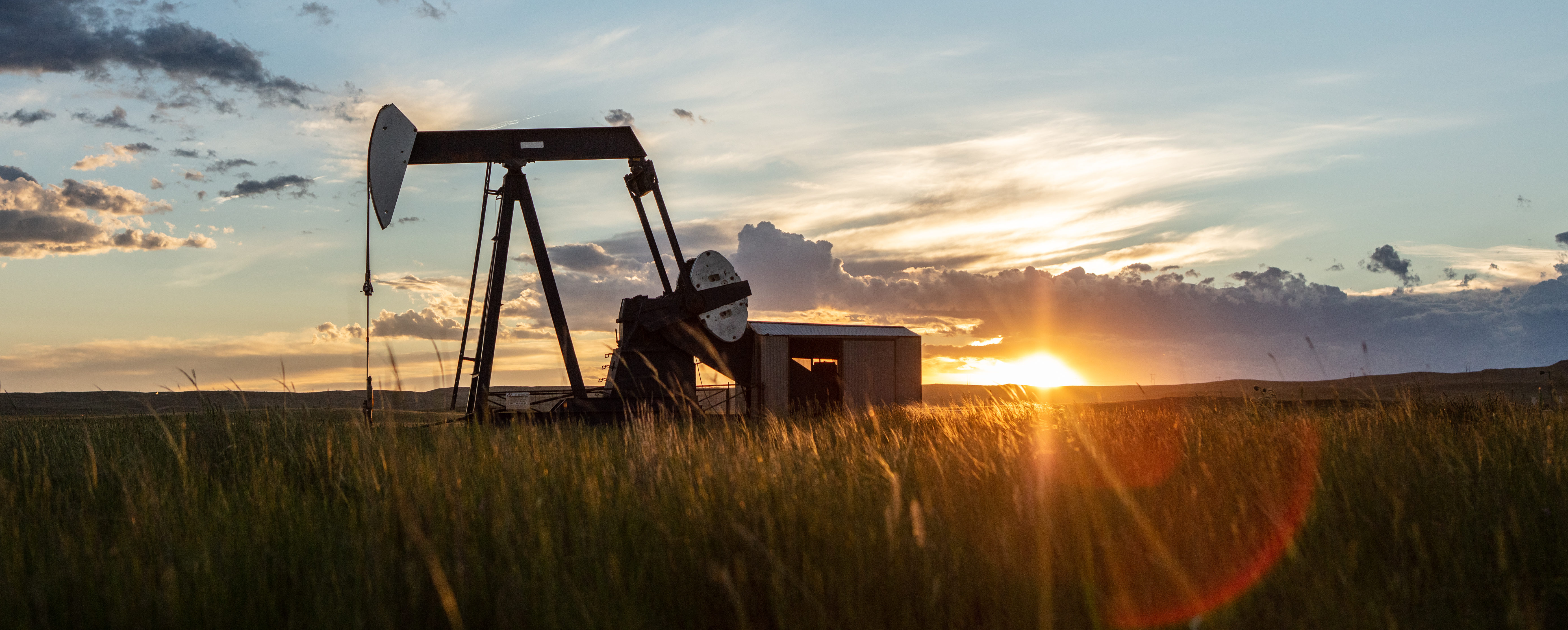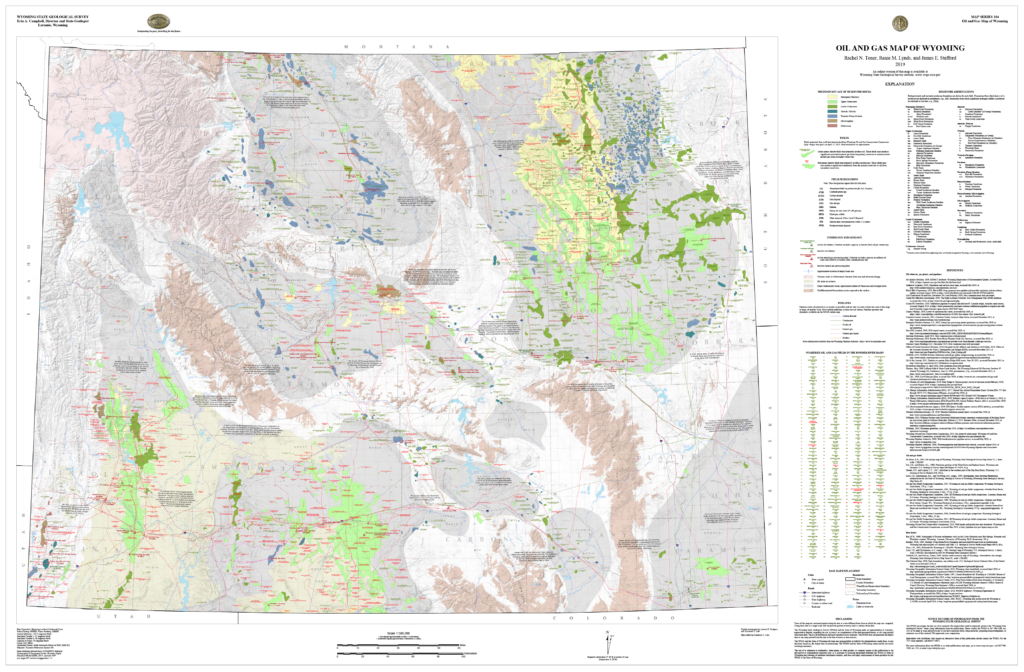Oil and Gas is the single largest economic driver in the State of Wyoming. PAW members produce 90% of Wyoming’s oil and gas, generating over $5 billion in economic activity and employing more than 18,000 of Wyoming’s hard-working men and women. Every one of our member organizations goes to great lengths to keep our industry and state moving forward with a keen focus on safety, innovation and the environment. Improving public awareness and educating Wyomingites about these issues are paramount to the Petroleum Association of Wyoming.
Here you will find resources for a general overview of the industry. For more indepth information on how oil and gas impact Wyoming, check out our Oil and Gas Facts and Figures.

